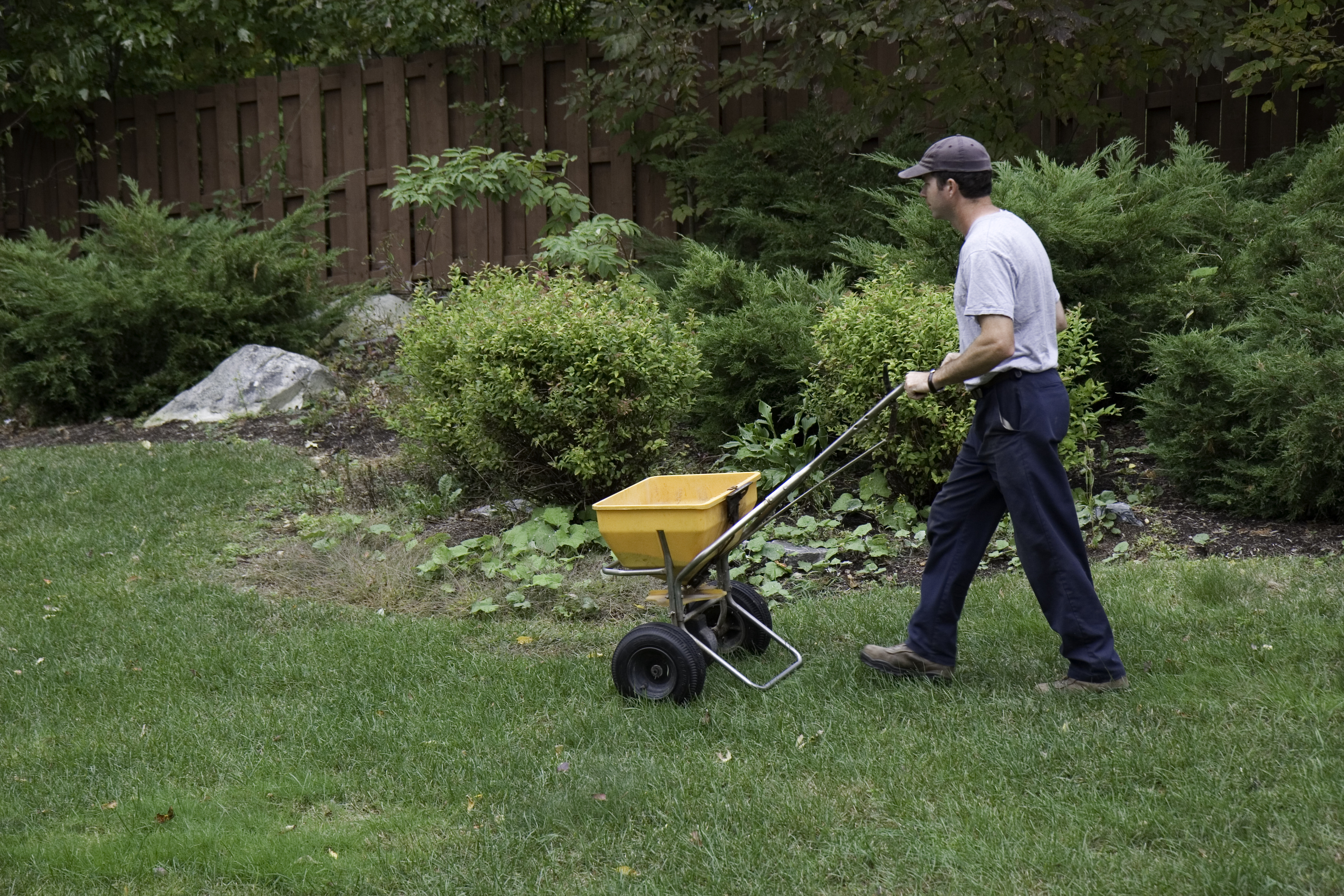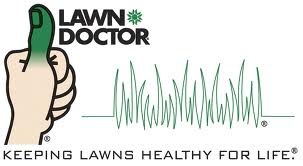
Get matched with top lawn fertilization and treatment specialists in your area
Enter your ZIP and get matched with up to 5 pros
Need a pro for your lawn fertilization and treatment project in Bigelow, ar?
TRUSTED BY BIGELOW, ar HOMEOWNERS
4.4
Average homeowner rating124
Verified lawn fertilization and treatments reviews
Verified Reviews for Lawn Fertilization And Treatment pros in ,
*The Angi rating for Lawn Fertilization And Treatment companies in , is a rating based on verified reviews from our community of homeowners who have used these pros to meet their Lawn Fertilization And Treatment needs.
*The HomeAdvisor rating for Lawn Fertilization And Treatment companies in , is a rating based on verified reviews from our community of homeowners who have used these pros to meet their Lawn Fertilization And Treatment needs.
Last update on November 07, 2025
Find Lawn fertilization and treatment specialists in Bigelow
No results for Lawn fertilization and treatment specialist in
Try adjusting your search criteria.The Bigelow, ar homeowners’ guide to lawn fertilization and treatments
From average costs to expert advice, get all the answers you need to get your job done.
 •
•Discover the cost to fertilize your lawn, including average prices, key factors, and tips to help homeowners budget for a lush, healthy yard.
 •
•Get transparent power seeding cost info to learn what impacts pricing, how to save, and whether to DIY or hire a pro for your lawn’s best results.
 •
•Discover average lawn aeration cost, key price factors, and tips to save. Get a clear estimate for your yard and learn how to choose between DIY and hiring a pro.

When it comes to drop spreaders versus broadcast spreaders, knowing the differences between them will help you make the right choice for your outdoor setup.

Ready to give your yard a fresh start? With these tips for grass seed planting, your lush lawn dreams are one step closer to becoming a reality.

Grass seeds thrive in soil rich in nutrients, but a potting mix will not support your grass’ long-term health. Find out which type of soil is best for grass.







